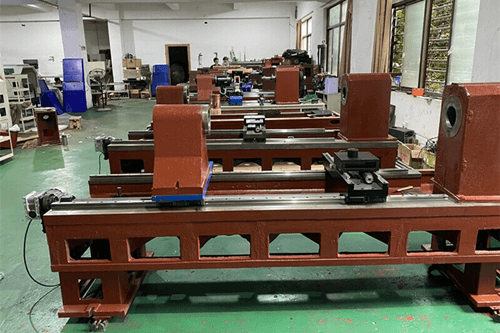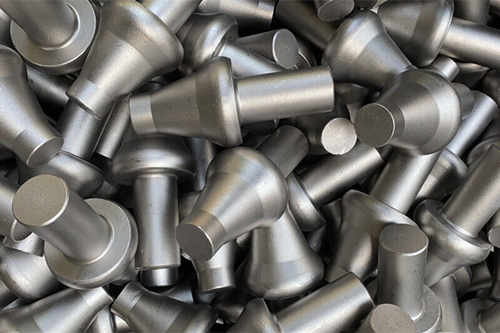Flexographic printing is a popular and versatile printing method widely used for packaging materials, labels, and other printed products. To achieve high-quality results and maximize efficiency, selecting the right flexographic printing plates is crucial. These plates play a significant role in the printing process, affecting the overall print quality, durability, and cost-effectiveness. In this article, we will discuss the five key factors that are important to consider when selecting flexographic printing plates.
Plate Material
The choice of plate material is a fundamental factor that greatly influences the print quality and durability of flexographic prints. Different plate materials such as rubber, photopolymer, or elastomers offer varying benefits. Photopolymer plates, for instance, are known for their excellent image reproduction and durability, making them suitable for high-quality and long print runs. So get the right material.
Thickness and Hardness
Thicker plates offer better dimensional stability, ensuring consistent printing across the substrate. However, they might require more pressure during printing. Hardness refers to the plate’s resistance to compression. Higher hardness plates are generally recommended for printing fine details and crisp lines. Balance plate thickness and hardness according to your printing requirements.
Plate Life and Durability
Flexographic printing plates undergo wear and tear during the printing process. Therefore, considering plate life and durability is crucial for minimizing plate replacement frequency and reducing downtime. Opting for plates with longer lifespan and superior resistance to ink solvents, cleaning agents, and mechanical stress will contribute to cost savings and improved productivity in the long run.
Image Reproduction Capability
Flexographic printing plates are responsible for accurately transferring the image onto the substrate. The plate’s ability to reproduce fine details, intricate designs, and color gradients is critical for achieving high-quality prints. When selecting plates, evaluate their imaging capabilities, such as resolution, dot gain control, and line screens.
Environmental Impact
Look for plates that are manufactured using eco-friendly processes and materials. Some manufacturers offer water-washable or solvent-free plate options that minimize the use of harmful chemicals and reduce waste generation. Selecting plates that can be easily recycled or disposed of responsibly contributes to sustainable printing practices and aligns with your corporate social responsibility goals.
Click here for some of the best quality plate makers the market can offer.

